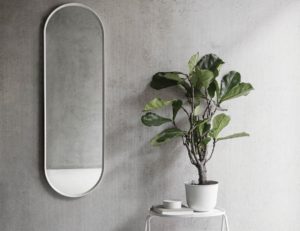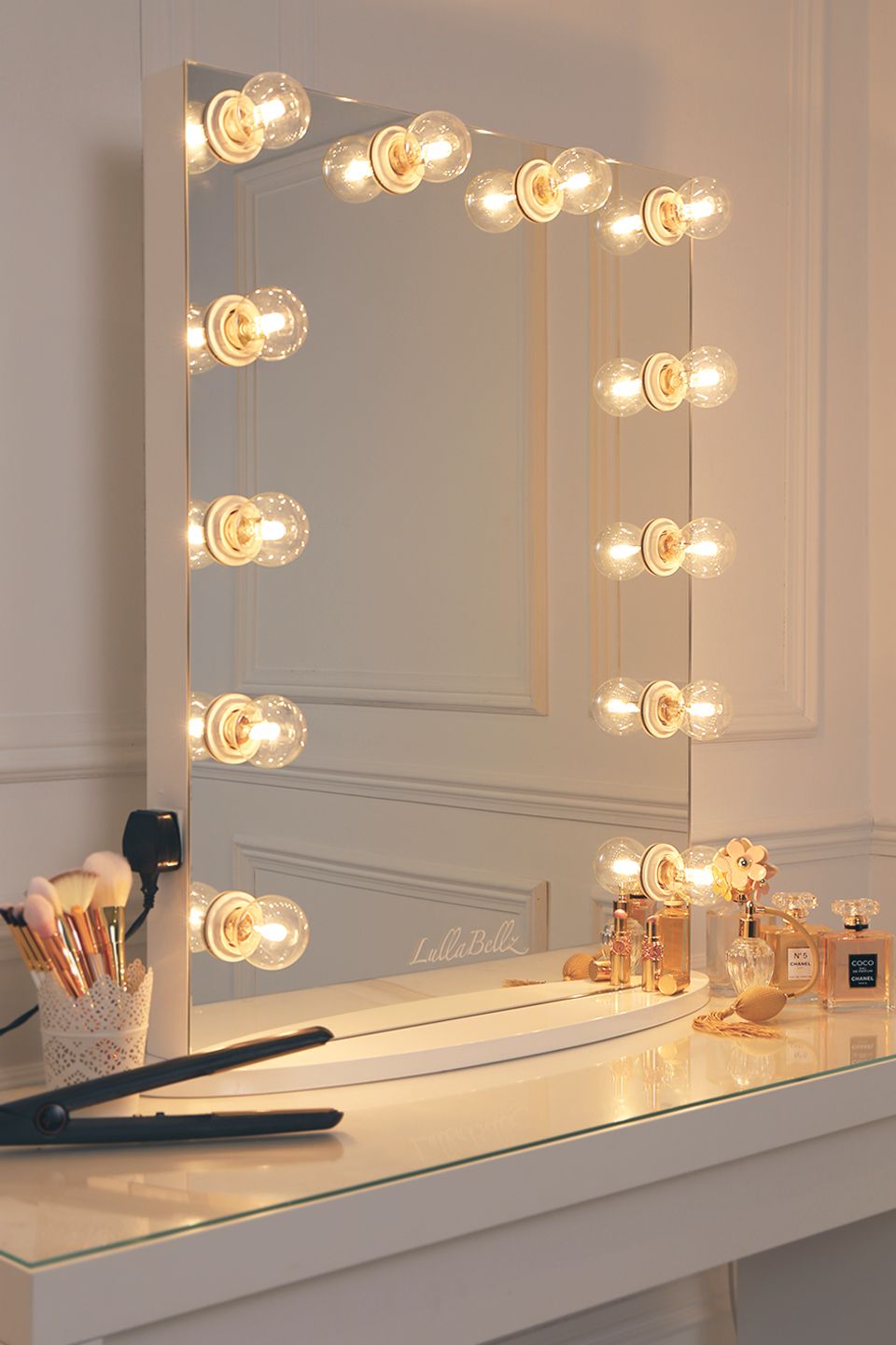
Makeup Mirror Lighting: Choosing the Right Illumination
The Art and Science of Makeup Mirror Lighting
In the realm of beauty and cosmetics, the best makeup mirror lighting stands out as a pivotal element.
Achieving the desired makeup look hinges not only on skill and product quality but also on the right makeup lighting. A makeup mirror with lights ensures that every contour is highlighted, every shade is true to its hue, and no detail is overlooked.
Dive in as we shed light (pun intended) on the variety of makeup lights available, aiming to guide you through the intricacies of makeup mirror light options. Whether setting up a professional studio with LED makeup lights or seeking the optimal setup for personal use, a deep understanding of the science and art behind makeup lighting is indispensable.
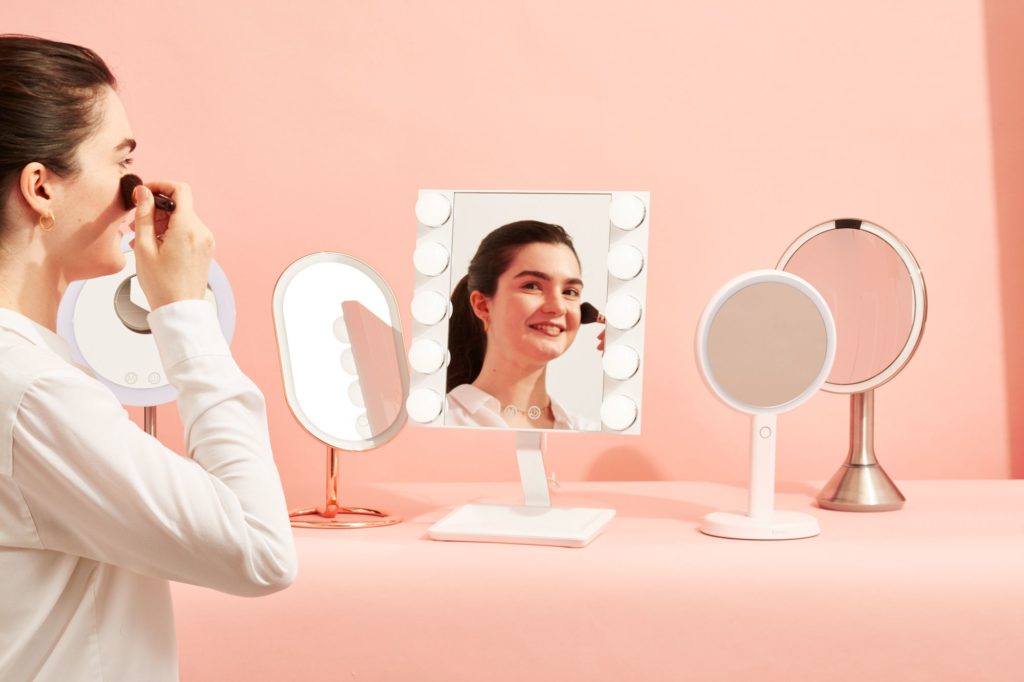
Illuminating Guide: How Lighting Influences Makeup
Light, in all its variations, is pivotal in the world of makeup application. Fundamentally, makeup is about accentuating or subtly altering facial features, and the right makeup lighting is essential to see accurate results.
How Light Affects Makeup Colours and Skin Appearance
Every colour we perceive is a reflection of light. During makeup application, especially when blending diverse shades, the makeup lighting determines the true nature of the colours. Under misleading or suboptimal lighting, a foundation may seem like the perfect match. Yet, when viewed under natural daylight or different makeup lights, it might appear too light or excessively tanned. Similarly, the hues of eyeshadows and lipsticks can appear distinct, leading to over-application or unintended colour combinations.
The Significance of Natural Light Emulation
Natural daylight stands out as the best lighting for makeup application. Why? It offers even diffusion and showcases true colours. When choosing a makeup mirror with lights, replicating this natural luminosity is crucial. Not only does it provide an authentic colour representation, but it also ensures the makeup looks impeccable across various settings, whether it’s in an office, under the radiant sun at an outdoor event, or in the mellow ambience of a dinner gathering.
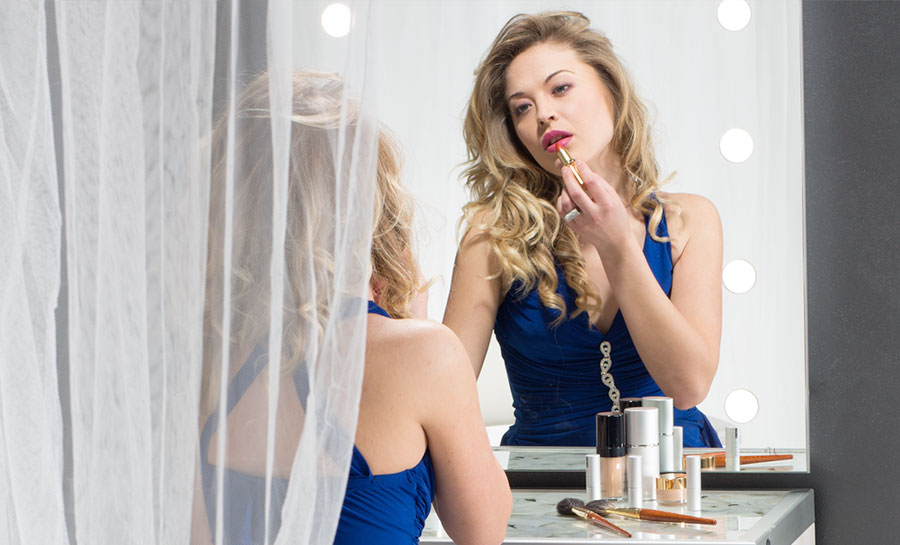
Different Types of Makeup Mirror Lighting
Choosing the right type of lighting for a makeup mirror is much like selecting the best palette for a masterpiece; the choice can significantly influence the final result. To ensure your makeup shines in the best light possible, it’s essential to understand the nuances of various lighting types.
Natural Light
Undoubtedly the most authentic light source, natural daylight offers an unbiased backdrop for makeup application. Sunlight is unfiltered and unbiased, meaning it doesn’t alter the appearance of colours. This ensures that your makeup looks consistent and true-to-tone in various environments. If possible, set your makeup station close to a window that allows ample daylight to pour in. Morning light, in particular, is soft yet bright, making it perfect for makeup application.
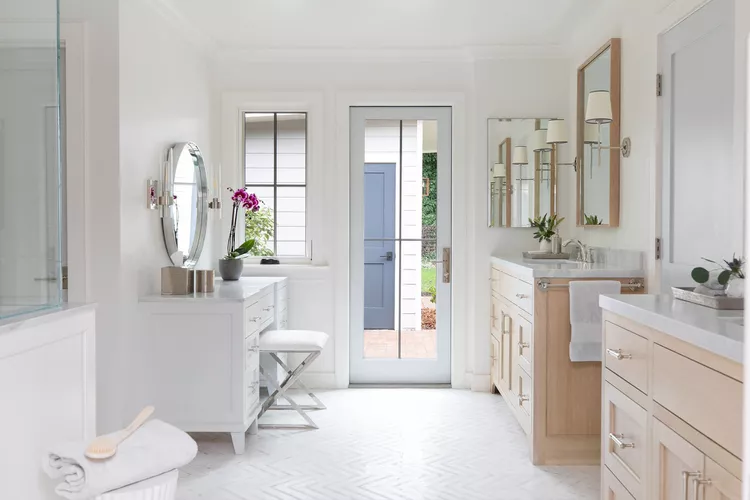
LED Lighting
Rapidly becoming a favourite in both professional and personal setups, LED lighting offers versatility and efficiency. LEDs are energy-efficient, reducing power consumption. They also emit less heat, ensuring your makeup space remains comfortable. Plus, they come in a range of colour temperatures, allowing users to mimic various lighting scenarios. While warmer LEDs can create a cozy atmosphere, cooler LEDs (closer to daylight) are often preferred for makeup mirrors. They provide a neutral backdrop, making colour selection and blending easier.
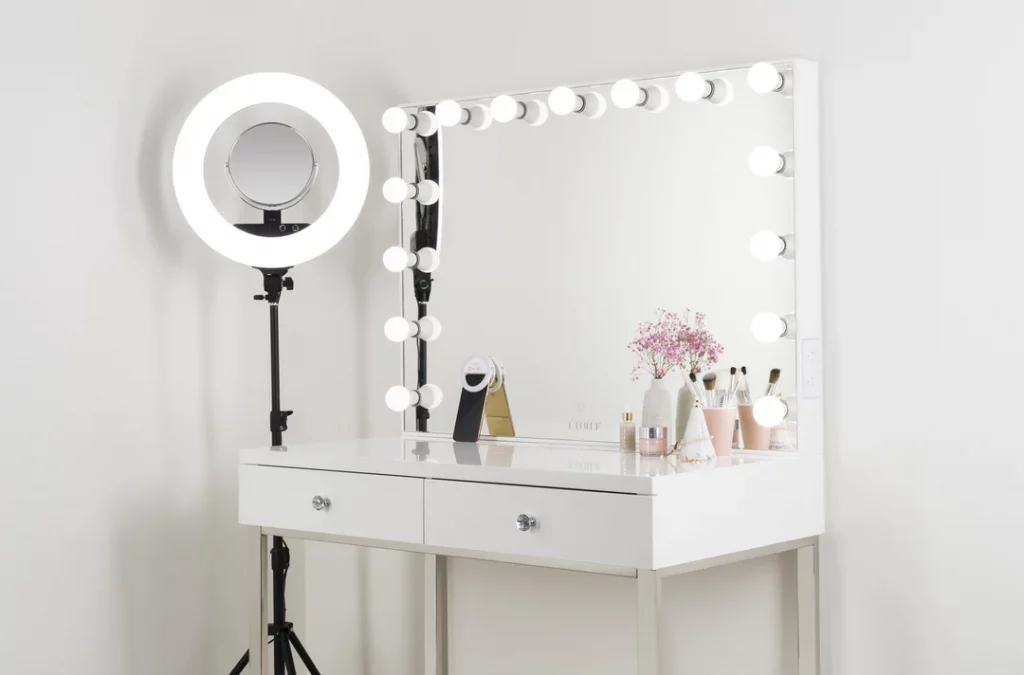
Incandescent Lighting
The classic choice, incandescent bulbs, offer a warm glow, reminiscent of golden hour. Incandescent bulbs emit a warmer, yellowish light. While this can create a flattering, soft-focus effect, it might not be ideal for tasks requiring colour accuracy, such as makeup application. If you prefer the ambience created by incandescent lights, consider using them in tandem with another light source, like LEDs, to strike a balance and achieve the best of both worlds.
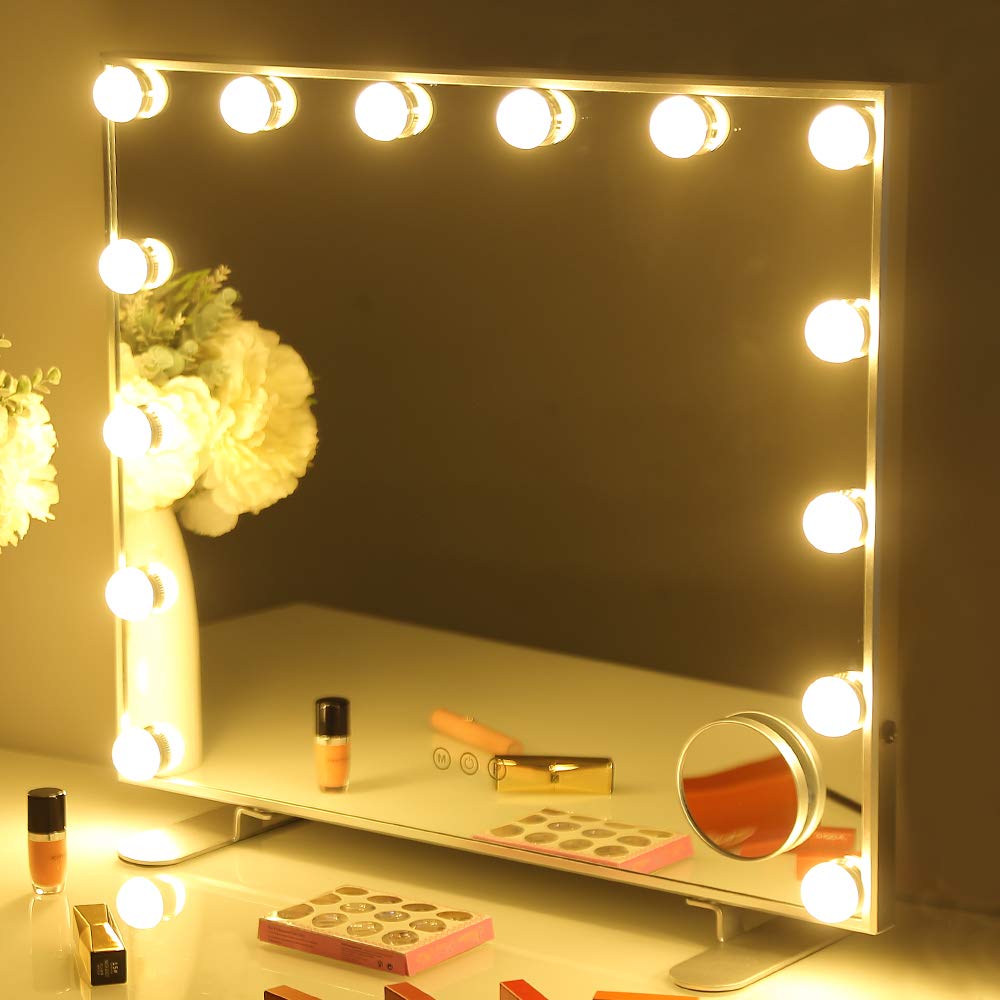
Selecting the right lighting source is paramount for impeccable makeup application. By understanding the characteristics and benefits of each, you can create a setup tailored to your specific needs, ensuring your makeup looks flawless under any condition.
The Impact of Mirror Size and Shape on Lighting
The mirror itself, while seemingly straightforward, can have a profound influence on how light interacts with your face during makeup application. The size and shape of the mirror not only determine the field of view but also affect light distribution and reflection. Mirrors are, by design, reflective surfaces. However, the way they redirect light can vary based on their shape and size.
- Size Matters: A larger mirror can distribute light more evenly across the face, ensuring there are no shadowed areas. This means that when you turn or angle your face, you still get consistent illumination, which is crucial when doing detailed work like contouring or eye makeup.
- Shape and Reflection: Oval or round mirrors tend to diffuse light more softly, which can be flattering. In contrast, square or rectangular mirrors might offer a more direct and even reflection, which can be beneficial for tasks requiring precision. The edges and angles of a mirror can also play a role in how light is bounced back onto the face.
- Mirror Types with Specific Lighting: The synergy between the mirror and the light source can make a difference in the makeup application process.
- Natural Light – Oval or Round mirror
- LED Light – Rectangular or Square mirror
- Mixed Light – Swivel mirror
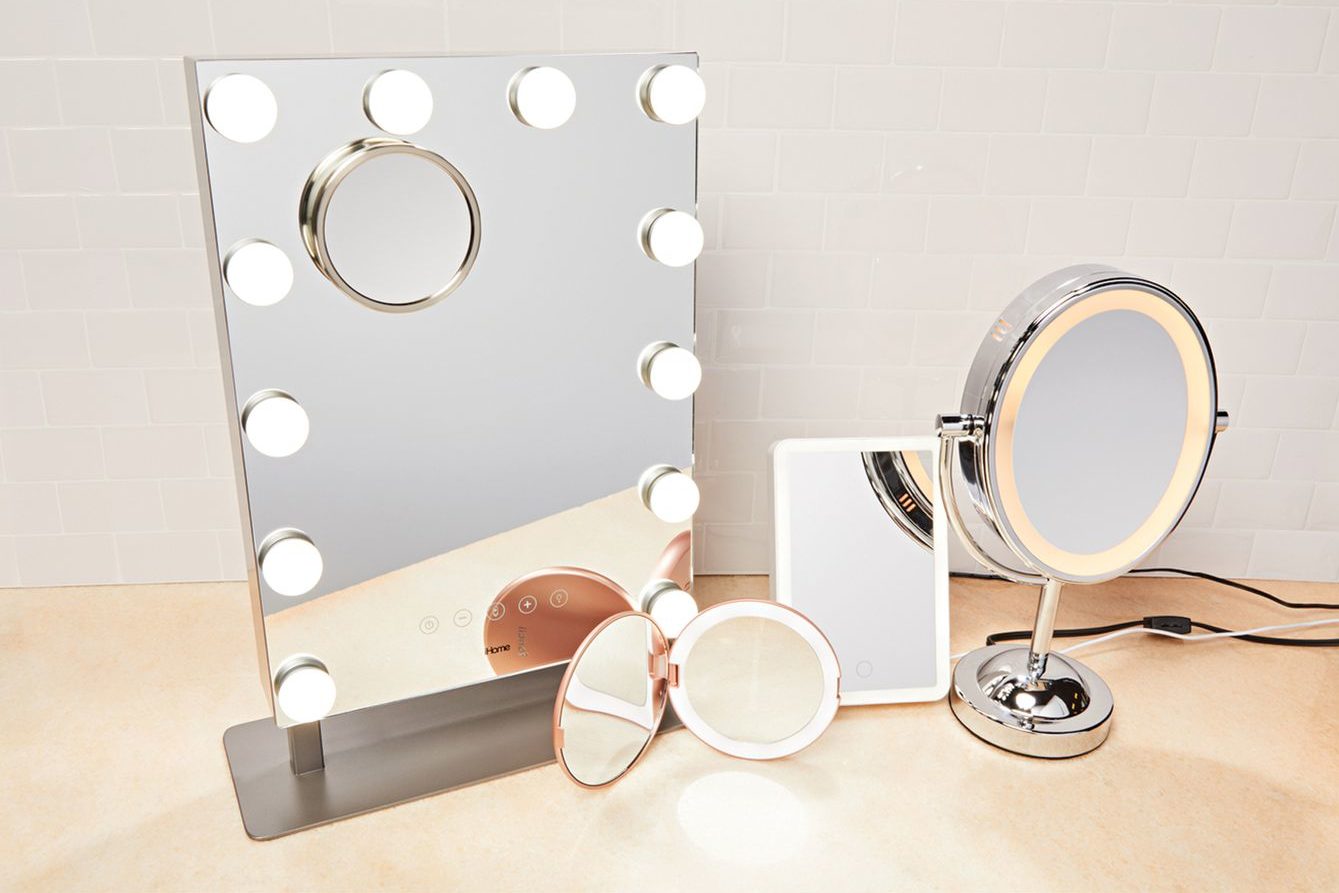
Steps to Help Improve Your Makeup Mirror Lighting
Achieving impeccable makeup goes beyond the skills of one’s hand and the quality of products used. The lighting under which makeup is applied plays an indispensable role. To help you navigate the myriad of lighting options and setups, here are five steps to guide you toward makeup lighting perfection.
Assess Your Current Lighting Setup
Before diving into new lighting solutions, it’s essential to understand what you’re working with.
- Understand Your Space: Examine your makeup area during different times of the day. Recognize the primary sources of light, whether they’re natural or artificial, and note their intensity and direction.
- Identify Shadows, Glare, and Uneven Lighting: Look for any areas where shadows form or where light might be too glaring. Uneven lighting can result in inconsistent makeup application.
- Evaluate Light Quality: Is the light too harsh, causing glare on the mirror? Or is it too soft, making it hard to see details? The colour of the light also matters. Determine if it’s warm, neutral, or cool, as this affects how makeup shades appear.
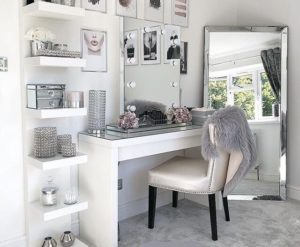
Opt for Natural Daylight Whenever Possible
There’s a reason why makeup artists love natural light. It’s one of the most honest light sources.
- The Perks of Sunlight: Natural light offers unparalleled visibility and colour accuracy. It ensures that your makeup looks consistently good, whether you’re indoors or out.
- Positioning Your Makeup Station: Ideally, set up your makeup station near abundant natural light, like a window. This ensures you benefit from the even illumination that daylight provides.
- Overcoming Challenges: On cloudy days or during the evening, natural light can be scarce. In such instances, supplemental lighting becomes essential. This is where artificial lighting can emulate natural daylight.
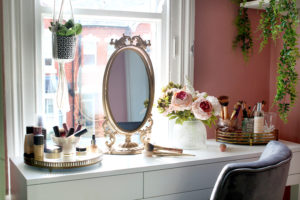
Adjustable LED Lighting
LEDs are rapidly becoming a favourite due to their flexibility and quality.
- Benefits of LEDs: Beyond their energy efficiency and longevity, LEDs offer a diverse range of colour temperatures. This means you can adjust them to emulate different lighting conditions.
- Adjustability is Key: Makeup needs can vary, and having lighting that adjusts in intensity is crucial. Dimmable LEDs let you set the perfect brightness level for the task at hand.
- Ring Lights & Mounted LEDs: Consider investing in specialized LED solutions designed explicitly for makeup, like ring lights. These provide even, shadowless illumination, making them a favourite among beauty influencers and professionals.
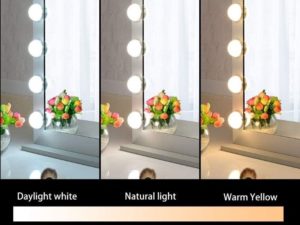
Ensure Even Lighting from Multiple Angles
It’s not just the quality of the light that matters, but also how it hits your face. Achieving an even spread of light is essential for consistent makeup application.
- Eliminate Shadows: Shadows, especially under the eyes or below the lip, can be misleading. They can cause over-application of concealer or other products. Using multiple light sources ensures that light is distributed evenly, preventing such issues.
- Strategic Light Placement: Where you position your lights is crucial. Side-mounted sconces can cast light from lateral angles, overhead lights can ensure the forehead and eye area are well-lit, and mirror backlights can offer additional frontal illumination.
- Balancing Act: While it’s essential to have multiple light sources, ensure that the lighting isn’t too intense from any single direction. This ensures a well-balanced, flattering light environment.
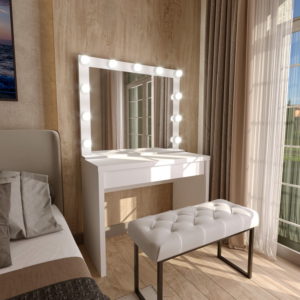
Test & Adjust for Different Scenarios
Every lighting setup needs occasional tweaking. As you use your makeup station, you’ll recognize specific needs tailored to different situations.
- Day vs. Night Makeup: The makeup you apply for a daytime event might differ from a nighttime soiree. Check how your makeup looks under varied lighting conditions to ensure versatility.
- Recreate Scenarios: If you’re heading to a venue with a particular type of lighting (like a candlelit dinner), try to emulate that lighting scenario when applying makeup. This ensures that your look remains consistent across various environments.
- Iterative Process: Recognize that achieving the perfect lighting might be a journey. As you experiment with different looks or as seasons change, you may need to tweak your lighting setup.
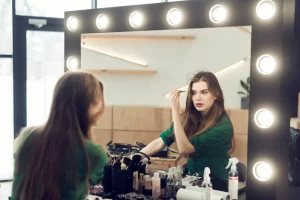
5 Challenges Faced When Selecting Makeup Mirror Lighting
Navigating the realm of makeup mirror lighting might seem straightforward, but it’s layered with nuances and potential pitfalls. Being forewarned about the challenges can empower you to make well-informed decisions. Here are five of the most common challenges faced when selecting the perfect light for a makeup mirror:
Challenge 1: Inconsistent Color Rendering
One of the primary roles of makeup mirror lights is to depict colours accurately. However, not all lights are created equal in this aspect. CRI measures a light’s ability to reveal the actual colour of objects compared to a natural light source. A higher CRI implies a more accurate colour representation. When lights have a low CRI, makeup shades may appear different than they truly are, leading to unintended results. When selecting lighting, especially LEDs, look for bulbs with a high CRI rating to ensure your makeup colours remain true and consistent.
Challenge 2: Over-reliance on Natural Light
While natural light is unparalleled in many respects, it’s not always consistent. The quality and intensity of sunlight vary throughout the day and across seasons, leading to fluctuating makeup outcomes. Solely relying on natural light can result in makeup that looks impeccable in the morning but off-tone by evening. Supplement natural light with consistent artificial lighting to maintain a steady makeup application environment.
Challenge 3: Harsh, Direct Lighting
Direct lighting, especially when overly intense, can create pronounced shadows and exaggerate imperfections. Solid and focused lights can highlight pores, wrinkles, and texture, which isn’t ideal for detailed makeup application. Shadows can lead to misjudgments in makeup application, such as overdoing contours or misplacing highlights. Opt for diffused lighting, and consider using multiple softer light sources to create a balanced, shadow-free environment.
Challenge 4: Incorrect Light Temperature
Light can range from warm (yellow/orange) to cool (blue) temperatures, and this spectrum can dramatically influence makeup outcomes. Warm lights can make the environment feel cozy but might not be ideal for makeup as they can distort colour perception. Cool lights, especially if too blue, can wash out the skin and make it harder to work with warm-toned makeup products. Neutral white lights, which balance warm and cool tones, are often recommended for makeup mirrors. They offer a middle ground that’s conducive for most makeup products.
Challenge 5: Non-Adjustable Brightness Levels
Every makeup look doesn’t require the same intensity of light. The inability to adjust brightness can be limiting. From subtle day looks to dramatic evening glam, different makeup styles require varied lighting intensities. In non-adjustable, intense lighting, there’s a risk of applying makeup too heavily. For versatility, prioritize lighting options that allow for brightness adjustments. This ensures that you always have the right amount of light for every makeup look
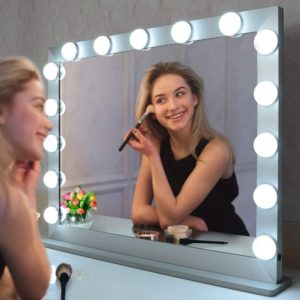
The Unseen Ally in Makeup Mirror Lighting Mastery
Within the vast universe of makeup and beauty, lighting stands as a foundational pillar that’s often overshadowed by other elements. As we’ve delved into the nuances of various light sources, their merits, and their limitations, it’s evident that the significance of superior makeup lighting is paramount. When equipped with the ideal light, every colour is authentically represented, every facial feature is accentuated, and each makeup session is an embodiment of finesse and expertise.
Additionally, committing to the best lighting setup transcends aesthetic choices; it’s about guaranteeing uniformity, precision, and self-assurance in every makeup creation. When you present yourself to the world, the makeup light under which you crafted your look silently supports you, ensuring your makeup appears equally flawless under the glaring noon sun or the gentle embrace of evening ambience.
In the journey towards makeup mastery, it isn’t solely about the product palette or the application technique; the backdrop of light you operate within is equally crucial. Thus, recognize the power of radiant illumination, invest in the optimal makeup mirror lights, and allow your innate beauty to radiate unfiltered.
Frequently Asked Questions
Yes, LED lights are excellent for makeup mirrors due to their energy efficiency, long lifespan, and ability to produce consistent and adjustable lighting.
Yes, backlit mirrors are designed to provide ample, even lighting for makeup application, minimizing shadows and ensuring accurate results.
When choosing a makeup mirror, consider factors like lighting quality, magnification level, and adjustability. Look for a mirror that meets your specific needs and preferences.
Choose an LED vanity mirror with adjustable brightness, colour temperature options, and magnification levels. Ensure it complements your makeup routine.
A good range for lumens in an LED mirror is 600 to 800, providing sufficient brightness for makeup application.

